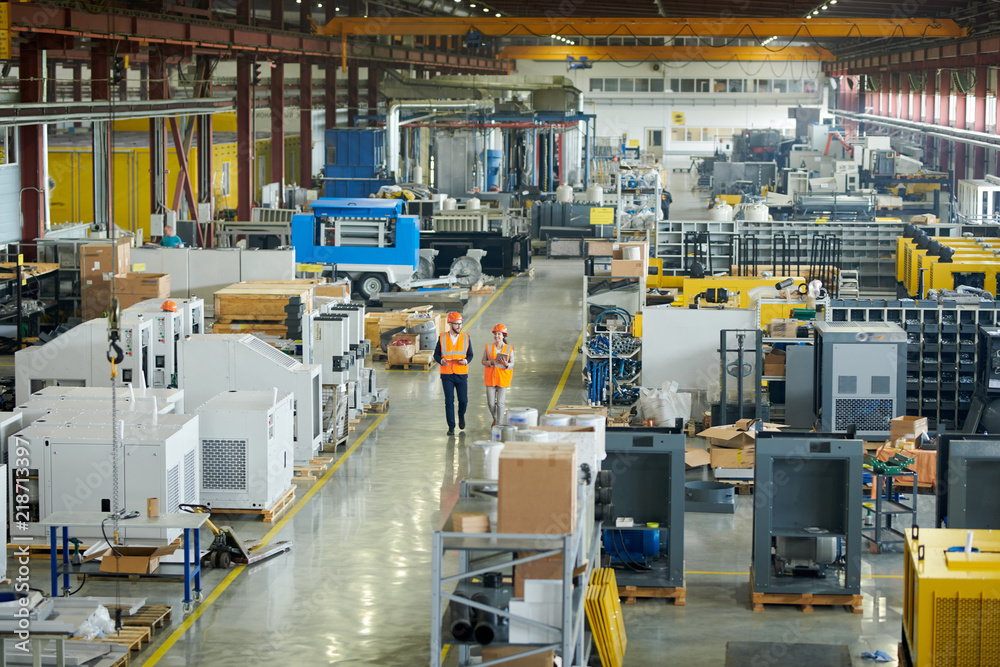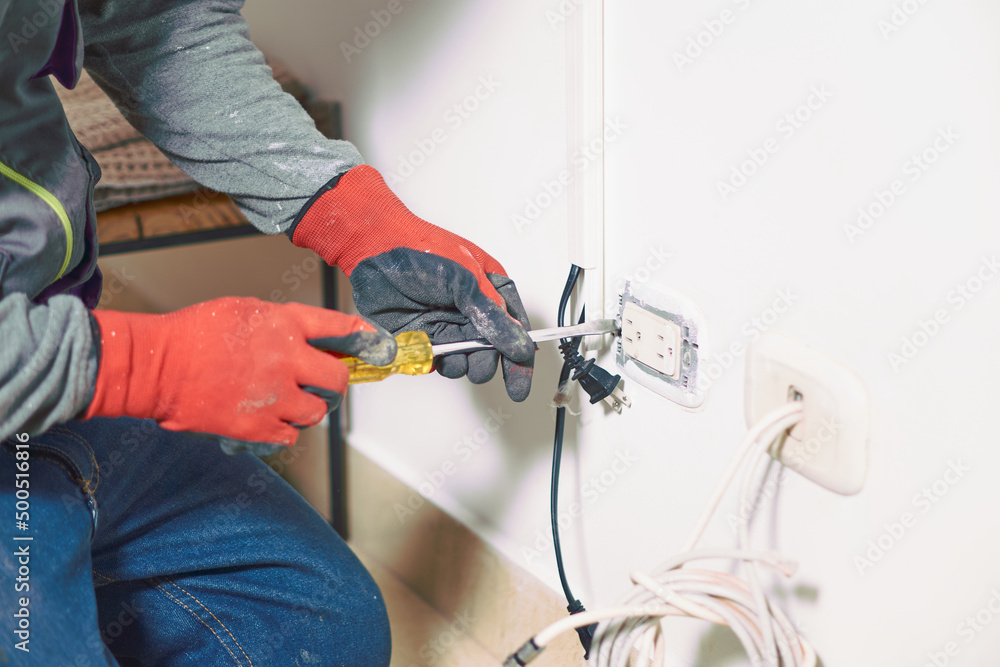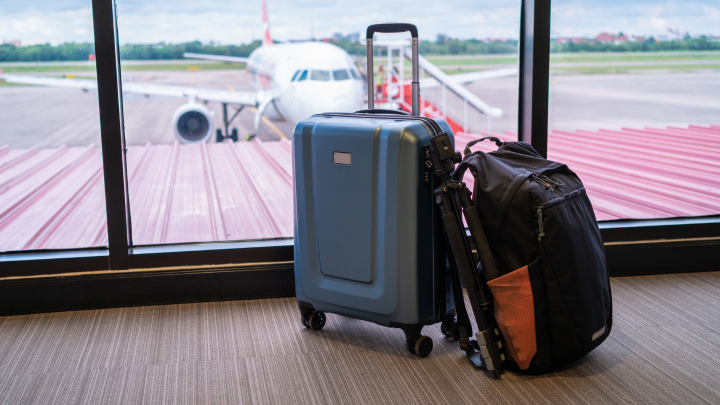- Always comply with regulations.
- Obey “No Smoking” signs.
- Dispose of cigarettes and matches in the proper receptacles after ensuring they are completely extinguished.
- Watch for frayed electrical cords and overloaded circuits.
- Dispose of flammable wastes and scraps by placing them in metal containers.
Combustible Storage
Make sure you always store combustible materials in a safe area. Fumes can travel a considerable distance and become ignited by a furnace, stove, electrical equipment or even a lit cigarette. If employees need to dispose of flammable liquids, they should not pour them down the drain. Employees need to be educated on the proper method of disposal. If employees have to burn wastepaper, they need to make sure it doesn’t contain explosive materials, such as aerosol or paint.
Inspect Equipment Regularly
Proper maintenance procedures are important for fire safety. If employees use electrical equipment or tools, they should inspect them regularly to make sure they are working correctly. They also should keep mechanical equipment properly lubricated to avoid excessive friction and keep spark arrestors on exhaust systems.
Preparing for a Fire
- Become familiar with the location and operation of firefighting equipment.
- Learn where fire extinguishers are located and what types of fires they are to be used on.
- Participate in periodic fire drills to practice fire response procedures.
- Become familiar with the different types of alarms used in your workplace.
- Establish an employee meeting place.
When a Fire Breaks Out
Employees should:
- If the fire alarm rings, always treat it as a true emergency unless you are told ahead of time it is a drill. Just because you do not see smoke or flames does not mean a fire is not present.
- Always use the stairs instead of the elevator.
- If the room fills with smoke, stay low to the ground and get out as fast—but as safely—as you can.
































